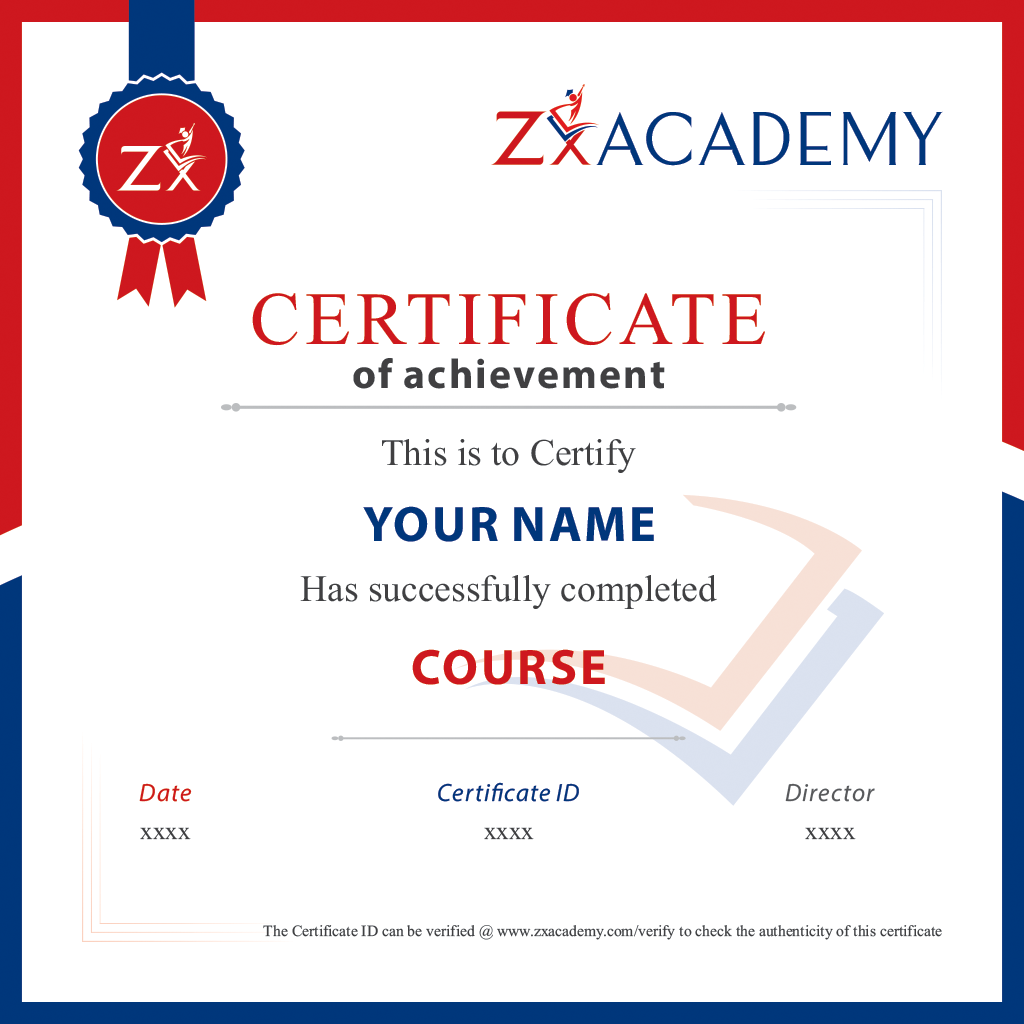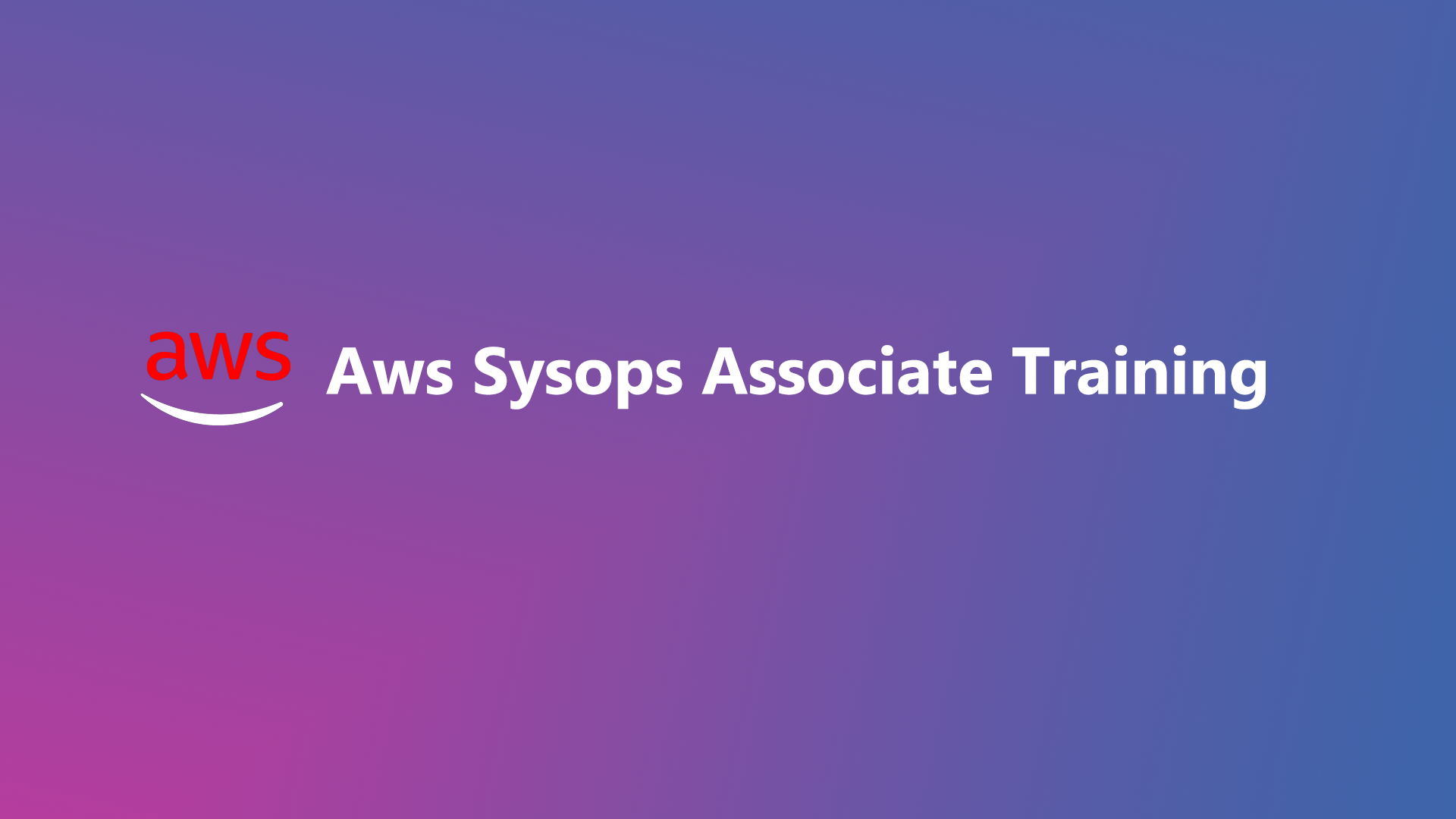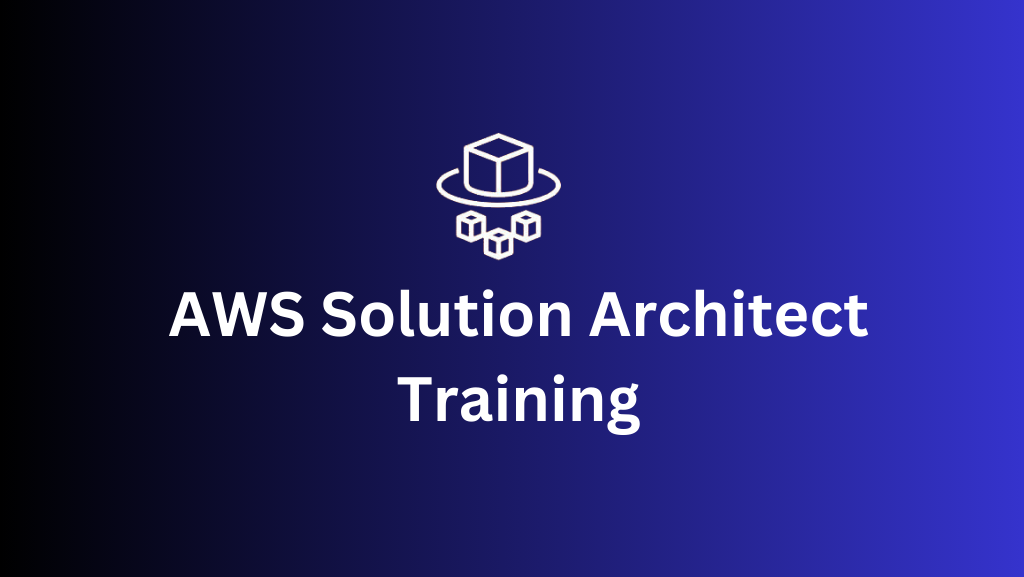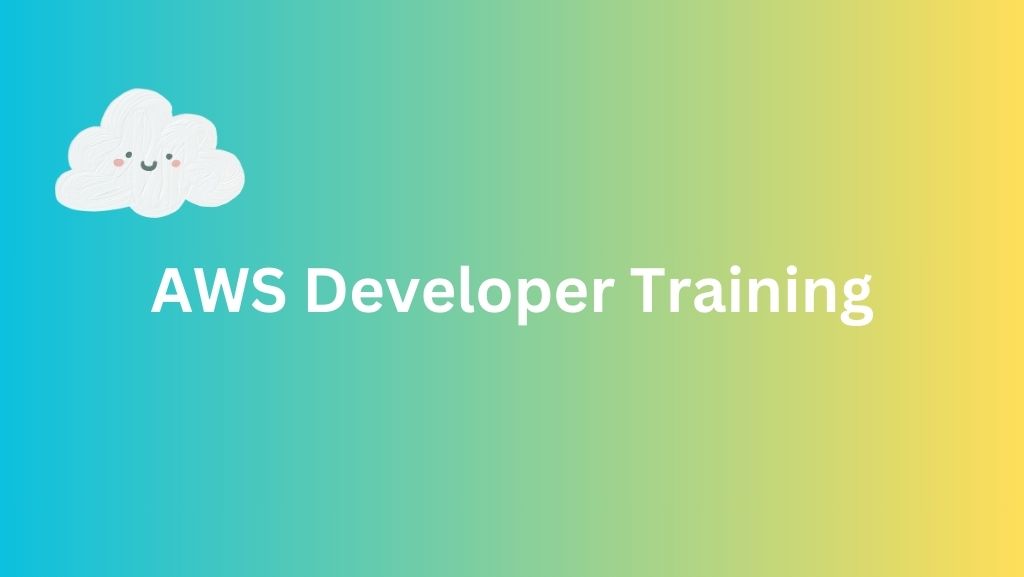Upcoming Batches for AWS Database Migration
Not compatible with the above dates?
AWS Database Migration Course Details
ZX Academy created the AWS Database Training Course to make it easier for students to comprehend the various AWS Database-related topics in-depth. The training program will examine the core fundamentals of various cloud database services offered on the AWS cloud, database tools & features, cloud databases, and other related topics through hands-on lectures and real-time projects.
For students who want to pursue AWS Database Training certification, having some familiarity with cloud computing is seen as an added benefit. Database management, database size and complexity, data security, data migration, and many other topics will be covered in the course material. After the course, ZX Academy will provide the students with job aid.
AWS Database Migration Service: How Does It Work?
You must connect your source database to the AWS Database Migration Service before utilizing it. After reading the data and formatting it to fit the requirements of your target database, the service transfers the data in line with the migration task you have selected.
DMS starts monitoring any alterations to your database the moment replication from source to destination starts. For this, AWS DMS CDC, also known as Change Data Capture processes, are used.
Until you migrate your workloads and shut down your source database, the Database Migration Service checks for and caches changes by going over any cached objects and making any necessary modifications to the destination.
Limitations & Benefits of the AWS Database Migration Service Limitations:
- Minimal downtime: While the conversion process is underway, DMS distributes updates to your data source on a regular basis while keeping it functioning. Because of this, you can swap databases at any time without stopping.
- Cost-effective: DocumentDB, Redshift, Aurora, or DynamoDB can be migrated for free using Data Migration Service. The cost of other databases will depend on the overall volume of log storage and computational demand.
- Reliability: Database Migration Service has a high level of reliability and, in the event of an interruption, will restart itself right away. Creating Multi-AZ (availability zone) replicas for disaster recovery is possible using DMS.
Limitations:
- Performance: Up to eight tables may be loaded simultaneously using AWS DMS by default. Using a very large replication server may result in a slight performance improvement.
- Large database migrations using AWS DMS could cause source systems to be sluggish: AWS DMS may be difficult to use if you have a lot of data to move.
- Coding requirements for incremental data capture: For Change Data Capture of incremental loads, AWS DMS requires a significant amount of coding, which can be labor- and time-intensive. For example, S3 requires additional coding to combine the adjustments.
Who should take this Test on AWS Certified Database?
AWS Certified Database - Specialty is designed for professionals with experience with relational and non-relational databases that are hosted on-premises or in the cloud by AWS. We advise that you have five years of experience working with common database technologies before taking this exam.
What will this AWS Database migration certification training course teach you?
You will learn the following things in this AWS migration certification course:
- AWS services are introduced
- Framework for AWS cloud adoption
- 6R migration methodology
- a good architectural structure
- Migration of databases
- Web application migration
- discovering applications
- shifting servers
- switching from monolithic applications
Who ought to enroll in this course?
IT specialists who are involved in AWS cloud migration should take this course.
What prerequisites must one meet before enrolling in an AWS cloud migration certification course?
There are no specific requirements to take this AWS migration training. However, having some familiarity with AWS will be helpful. Each module will begin with a lesson outlining the fundamentals of all the ideas covered in this online course. Below are some of the prerequisites for the course:
- comprehension of networking fundamentals,
- comprehension of operating systems
- familiarity with the AWS platform
- Background in IT infrastructure
- Understanding of virtualization
- Basic coding knowledge
- Expertise with databases and storage systems
- A working knowledge of cloud computing concepts.
What are the learning objectives for this certification?
A thorough understanding of the Amazon Web Services infrastructure and essential services, such as AWS core and application services, should be among the learning objectives of the Migrating to AWS course. The ability to recognize appropriate AWS solutions and comprehend migration tactics for moving current applications to AWS should be a core competency for students. It ought to offer knowledge of how to create, run, and maintain software on the AWS platform. Along with developing skills in utilizing the AWS Management Console, AWS CLI, and AWS SDKs/APIs, the course should also teach students how to make informed judgments regarding IT solutions based on business requirements. The final learning objectives are to comprehend AWS architecture best practices and cost estimation.
Making the Switch to AWS Skills Measured
After completing the training for the Migrating to AWS certification, one can learn skills like understanding the AWS migration strategy and process, selecting the best AWS services for data, applications, and other workloads, organizing and managing migration, and migrating virtualized workloads to AWS. Additionally, they will learn how to leverage AWS migration tools and services like AWS Database Migration Service, AWS Application Discovery Service, and AWS Migration Hub.
The intended audience
- System administrators and developers
- Business decision-makers interested in the advantages of cloud migration
- IT professionals looking to advance their cloud computing capabilities
- Technical authorities are developing a cloud strategy
- Developers of software wishing to create AWS applications
- Team leaders overseeing remote teams
- New users of AWS who want to improve their advanced skills
- Experts working for their AWS certifications.
Top Hiring Industries
Leading companies like Amazon, IBM, Cisco Systems, Microsoft, Oracle, SAP, and Accenture are actively looking for individuals with the Migrating to AWS certification to help them successfully transition their company processes to the Amazon Web Services platform and take advantage of cloud computing.
Salary Trends:
According to Glassdoor, the average salary of an AWS Database Migration Consultant is $103,350 per annum.Are you excited about this?
AWS Database Migration Curriculum
AWS EC2 Instance launch Demo
AWS S3 Demo
AWS security model and Security Services
AWS IaaC with Cloud formation
AWS Auto scaling, Load balancing and Cloud Watch Demo
6R Migration Pattern
AWS Well Architecture Framework
Server Migration services
Agent based and agentless server migration service
Migration on Premises Microsoft Hyper VM to AWS AMI
Migration on Premises VMware VM to AWS AMI
AWS DB Services
AWS DB Migration services
AWS Pre during and post-migration task
Kinesis Firehose
Snowball, Snowball edge and Snowball Mobile
Direct Connect
S3 Transfer Acceleration
How docker can be used to package a monolithic application inside docker container
Understanding how ECS works with docker
Orchestrate a docker container-based system
Like the curriculum?
Projects on AWS Database Migration
Convert the infrastructure of the business to the cloud:
Assume a business wishes to migrate to AWS. They were searching for a qualified cloud consultant who could move the organization's infrastructure to the cloud. The business is an image hosting service; users upload images to the website, which is then saved on a server. The server is linked to a My SQL database, which serves the same purpose as other apps.
AWS application migration for a monolithic:
After receiving a promotion from cloud engineer to cloud migration architect, you were given the task of converting a monolithic application to an AWS microservice using Docker and the AWS CLI. To automate the configuration of work clothing for AWS services used in a migration, it mostly entails creating repositories in the Amazon elastic container registry and forming an AWS cloud.
Project Resources
AWS Database Migration Certification
Step 1: Finish the AWS training to improve your technical knowledge of AWS.
Step 2: Review the AWS Certified Cloud Practitioner Exam Guide and sample questions to gauge your understanding.
Step 3: To deepen your expertise and comprehension of AWS, read whitepapers created by our AWS team, AWS partners, and AWS analysts.
Step 4: Examine our online testing system.
Step 5: To become certified, schedule and pass the AWS Certification Exam at a test center of your choosing.

Get certification or Get ahead with Zx Academy’s Certification or
Faq’s for AWS Database Migration
Reviews
Sandra




